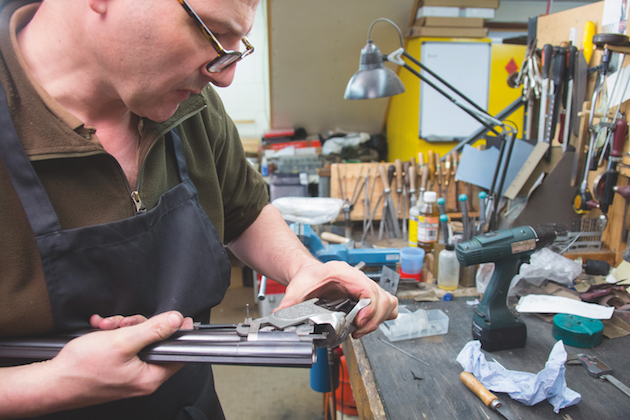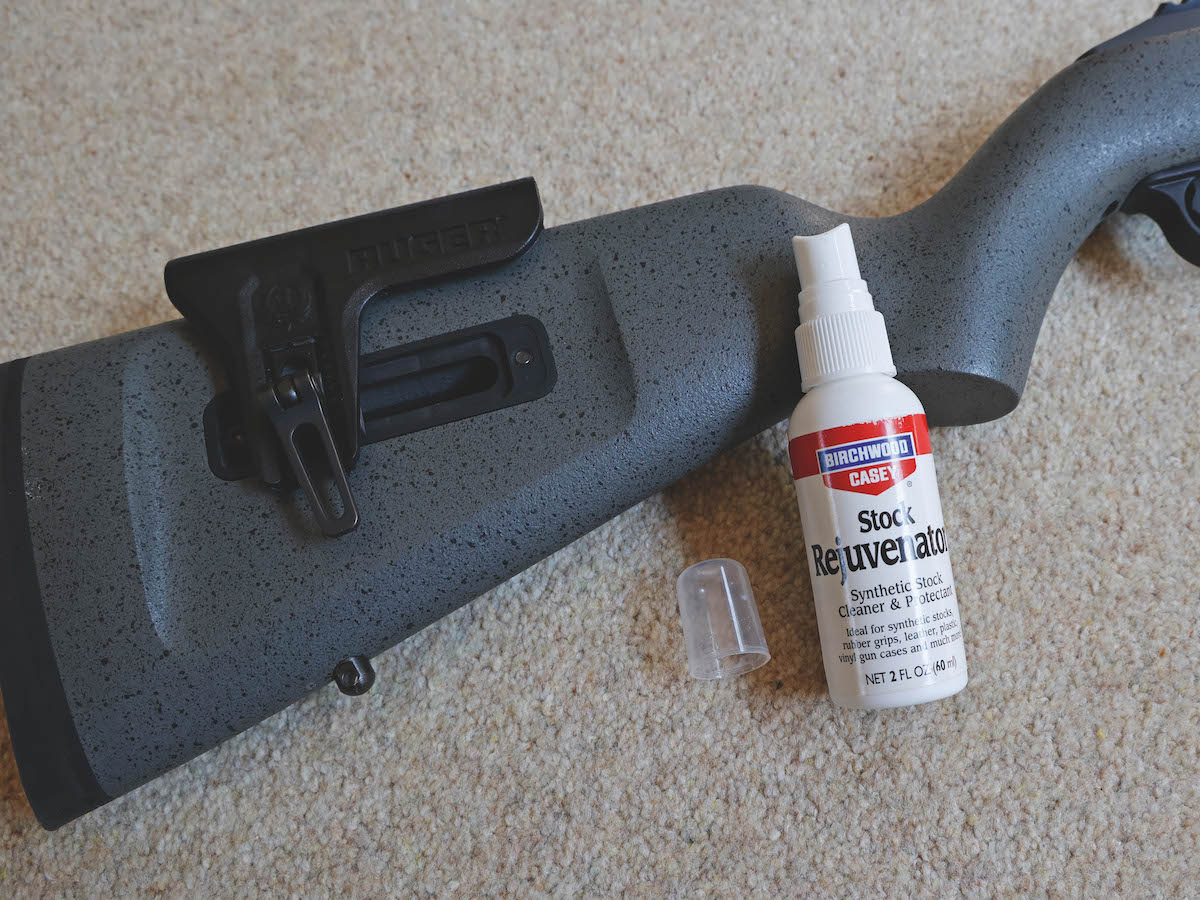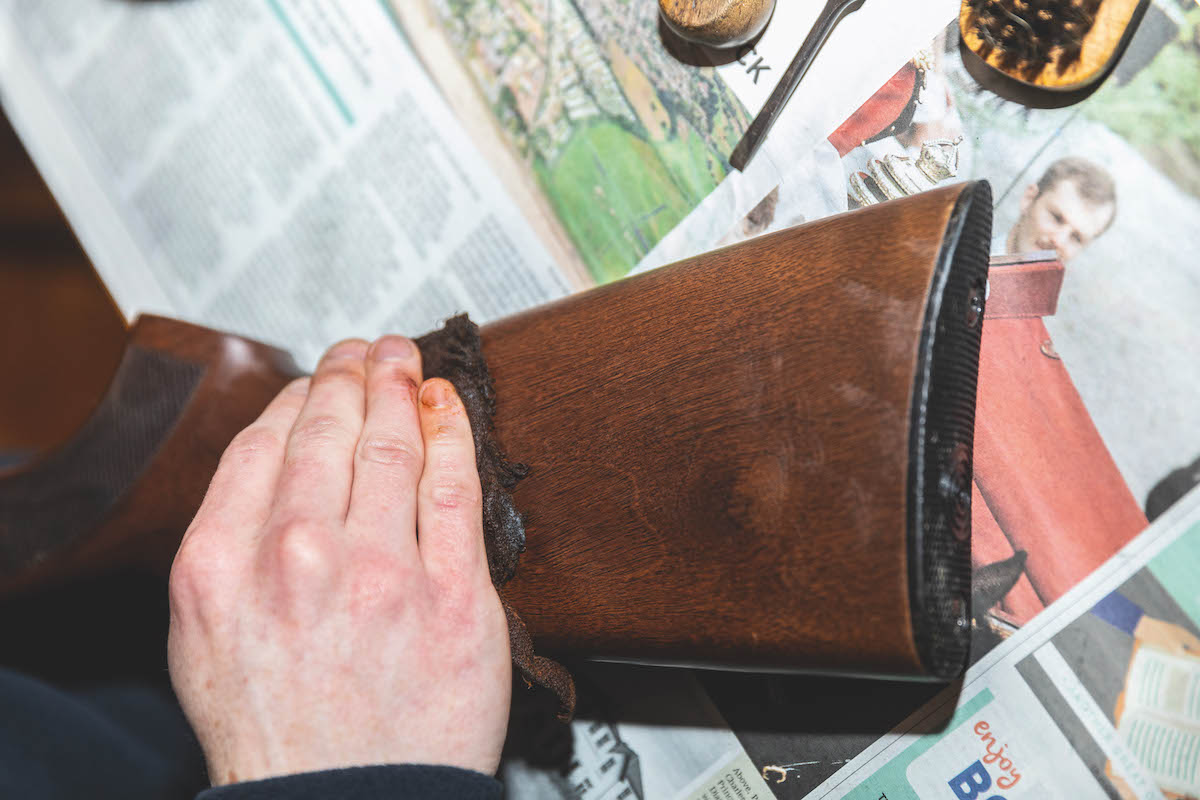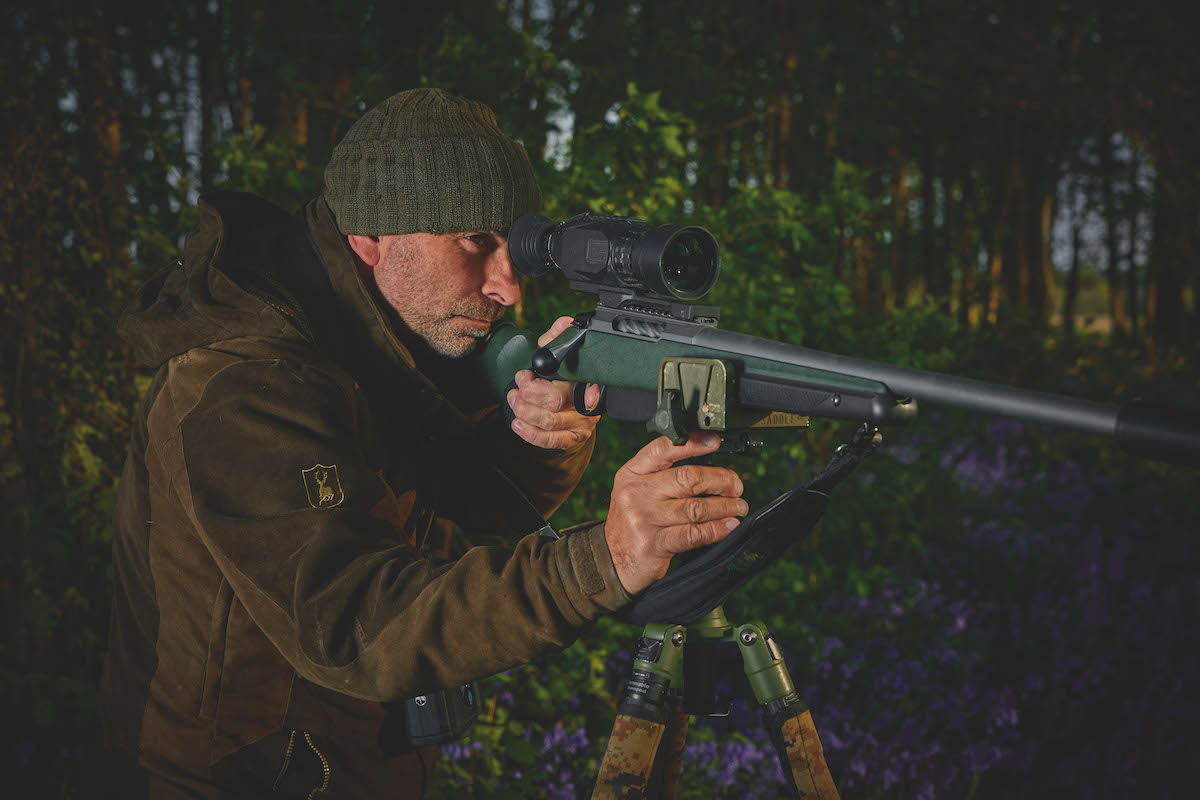Professional shotgun cleaning: Why it’s worth every penny
At the season's end, giving a gun a cursory clean rather than getting it stripped and cleaned properly is a bad idea, warns Diggory Hadoke

Professional work on the gun can eradicate any potential catastrophes that happen in the field
Professional shotgun cleaning
Faced with a bill of just over £800 for putting his grubby old gun back together, a local sportsman wasn’t very receptive to my advice that it was a good idea to invest in professional shotgun cleaning at the end of each season, or every two at least.
He asked how much that cost. I told him to expect something like £120 to £220 annually to keep it in good fettle. He quickly did the maths and said: “I haven’t spent anything on it for 10 years, so I reckon I’m well ahead.” Even writing a £800 cheque, his way of thinking was that he would have spent close to £2,000, over 10 years, if he had done as advised.
That is one way of looking at it. However, his gun would be in better condition today had the regular gun maintenance been carried out, rather than waiting until it was malfunctioning and full of rust before getting it seen to. Perhaps he doesn’t care. A lot of shooting people want their gun to go “bang” and eject when required and, as long as it does, they see no reason to spend money on it.
If you are shooting a generic Italian over-and-under; one that cost you £1,500 new, that has 15 days’ action a season and will not gain nor lose value in the next 20 years by more than the cost of a couple of tanks of diesel a year, the no-maintenance policy may be defensible. It will probably keep working, as long as you clean it, dry it, oil it after use and store it in a nice dry place.

There is nothing worse than a gun giving up the ghost mid-season
However, if you have a quality British gun that is already 70 to 100 years old, you have a hand-made piece of quality equipment that will maintain its value and performance for another 20 years, if subjected to regular, basic maintenance. If not, it can deteriorate and end up needing expensive remedial work or suffer damage that becomes uneconomic to repair. This is effectively scrapping what was a viable gun, perhaps even a family heirloom.
Readers may be thinking, to paraphrase Mandy Rice-Davies, “He would say that, wouldn’t he”. The cynic may think the gun trade is finding work for itself by advising regular servicing that isn’t necessary.
So let us consider one or two small issues that can become big problems unless attended to in a timely manner: first, ribs start leaking. You won’t see it but water will be getting in through the pin-hole, where the solder has failed. Attend to it now, by having someone strip and re-lay the ribs and the problem is solved.
Leave it for five seasons and you could need new barrels. You could even suffer a barrel burst where the rust has eaten its way inside from between the ribs.

Your gun may feel loose so tightening is required
Secondly, hand pins come loose. You may or may not notice the gun feels a little shaky when you slam it closed. That movement is putting pressure on the hand of the stock every time it is fired, opened and closed. It will get looser. Eventually it will crack your stock.
Thirdly, barrels start to come off-face. You might get used to the gun feeling a little sloppy but you can still shoot it. If it gets too pronounced, the ejector timing will go wrong and the hinge pin will wear, as will the hook.
Fourth, a hairline crack begins to form in the spring, bridle, swivel or tumbler. You will have no idea until it fails and the gun won’t fire. If you are unlucky, the mainspring will smash off one of the horns of the stock, as it springs fully open.

A much-needed strip and clean in progress
Battered
Fifth, strikers begin to burr or chip. They will start sticking in the caps of cartridges and getting battered by the forces of opening and closing the gun. They may bend or crack. Eventually the gun will jam shut.
Sixth, dust and grime build-up, rust begins to form. Every time the gun is used, all the mechanical parts will be grinding against one another with a filthy, abrasive, moisture-holding paste. Oil build-up will start to infect the open grain on the inletting and the wood will begin to weaken; eventually blackening and crumbling.
Seventh, rust starts to form in the bores. If caught early, polished out and oiled, it won’t be a problem. If it gets hold, it will form pits and eventually need honing out, removing metal and shortening the life of the gun, as well as affecting its value.
Lastly, a sear begins to wear. You will have no idea until the gun fires when you close it or take off the safety catch. If you are lucky, you’ll get a shock.
A less fortunate person in this position, a few years ago at an informal down-the line shoot at a local agricultural show, shot off the foot of a bystander when he closed his 20-bore boxlock and it went off unexpectedly. All these issues could be affecting your gun right now.
Without a professional strip and inspection, you would probably not be aware of most of them. Yet, unattended, they will continue to get worse until a catastrophic — or at least inconvenient — culmination of events stops you from shooting.
That will normally happen mid-season, just when you need your gun. It will probably happen mid-drive on a day you have paid good money for. To make matters worse, your gunsmith will be very busy with the guns of other people who, like you, have had an in-field malfunction.
So your gun joins the queue, then Christmas happens and work stops until New Year; still you have no gun. Eventually, you get it back but the season is now all but over. Wouldn’t it have been better to have had it looked at in February?

Broken springs from a neglected gun
What is a strip, clean and service?
- A proper end-of season service will involve total stripping of all mechanical parts, including operating mechanism, locks, ejectors, and fore-end iron. All the wood comes off the metal and all metal parts are detached from one another.
- Metal parts are then thoroughly cleaned and polished and inspected for wear. Small adjustments are made; such as re-shaping sears and bents, tightening loose pins, making new ones where the threads have worn and then re-blueing them all.
- Any loose parts are tightened, trigger-pulls tested and adjusted if necessary, ejectors timed and the cocking-firing sequence tested, including function of the safety mechanism.
- Barrels will be put in a bath to test for leaking ribs, inspected for any dents, bulges, rust and so on. Extractors will be removed and cleaned before being oiled and replaced.
At least, these shotgun cleaning steps are what a reputable and skilled gunsmith will do. There are plenty of people out there who will offer you a cheaper service that consists of blowing an air line through the mechanism and following up with a liberal squirt of WD-40. You get what you pay for.








